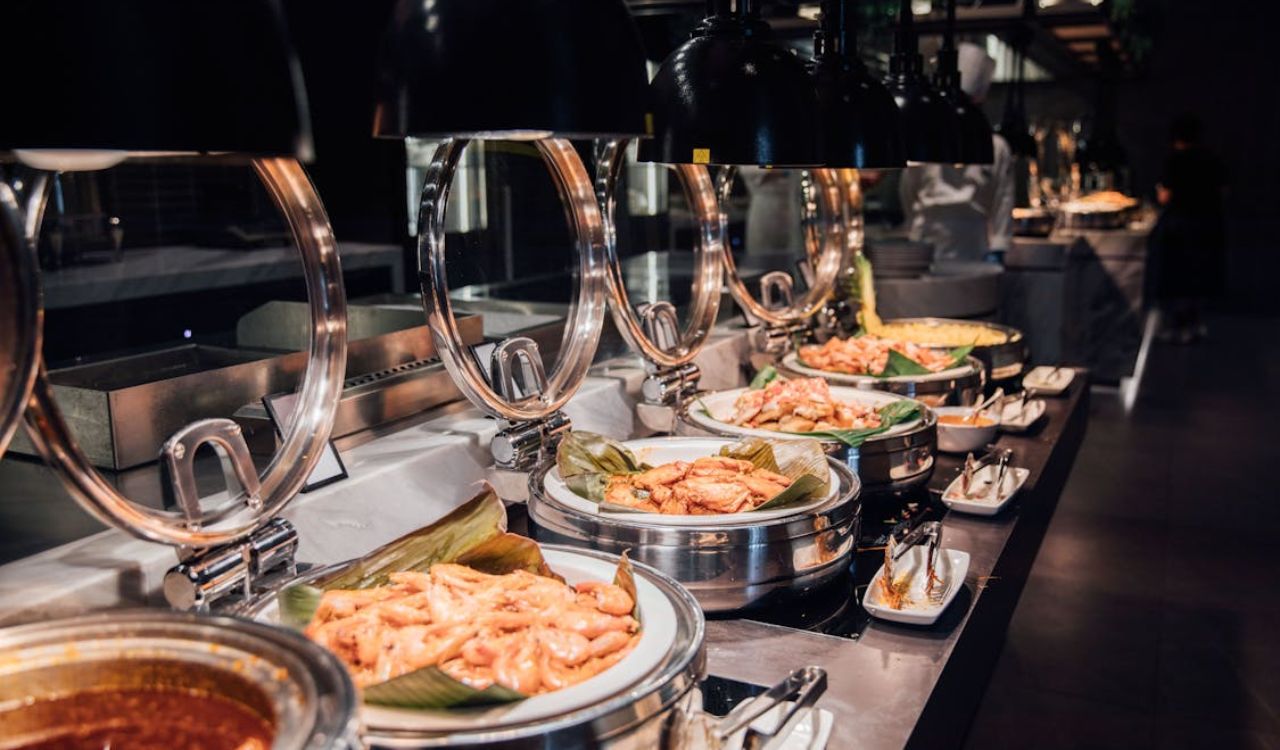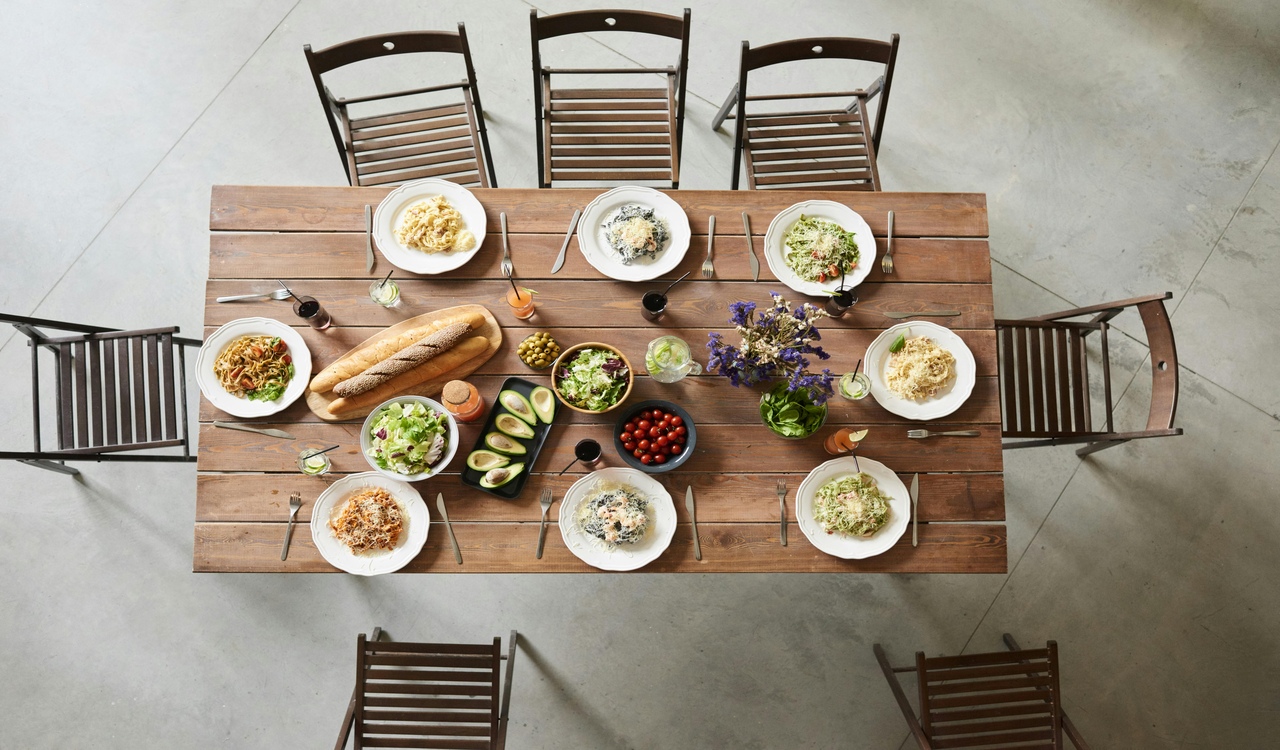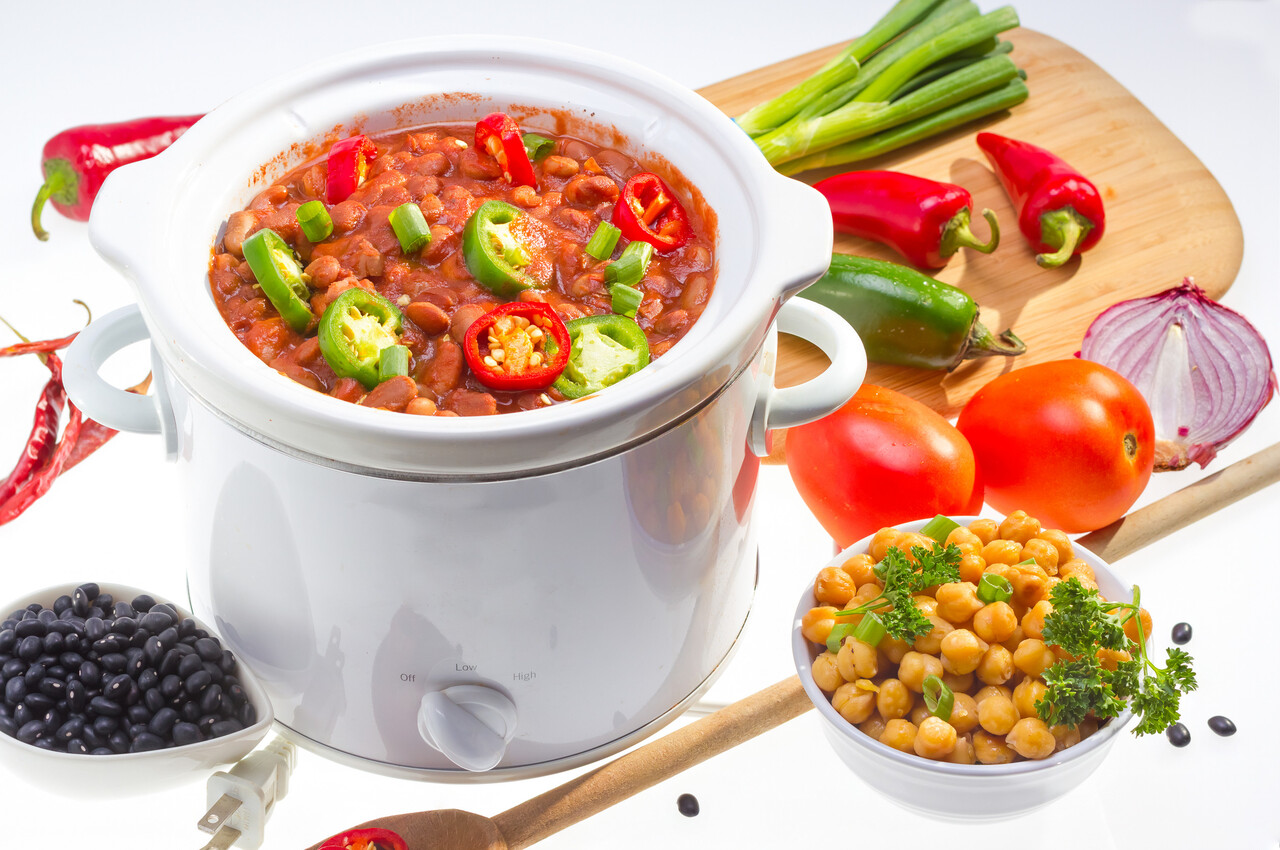How to Build Up Spice Tolerance Like a Pro

Turning up the heat in your meals can transform every bite into an adventure. Whether you want to handle ghost peppers or simply enjoy a little kick without discomfort, building spice tolerance is something anyone can achieve.
It is not about being fearless but about patience, practice, and learning how your body responds. By following a few proven strategies, you can gradually increase your comfort level and enjoy spicy foods like a professional.
Understanding Why Spice Burns

The burning feeling from chili peppers comes from a compound called capsaicin. This chemical binds to the pain receptors in your mouth, tricking your brain into thinking it feels heat. Your tongue reacts as though it is being burned, even though there is no physical damage. How intense this feels depends partly on your genetics and partly on experience.
Studies have shown that genes can influence how strongly people perceive spice, accounting for up to 58 percent of how much someone enjoys it. People who grow up eating spicy food also tend to tolerate it better as adults because their taste buds adapt over time. The good news is that with repeated exposure, anyone can train their system to handle more heat.
How to Build Tolerance Step by Step
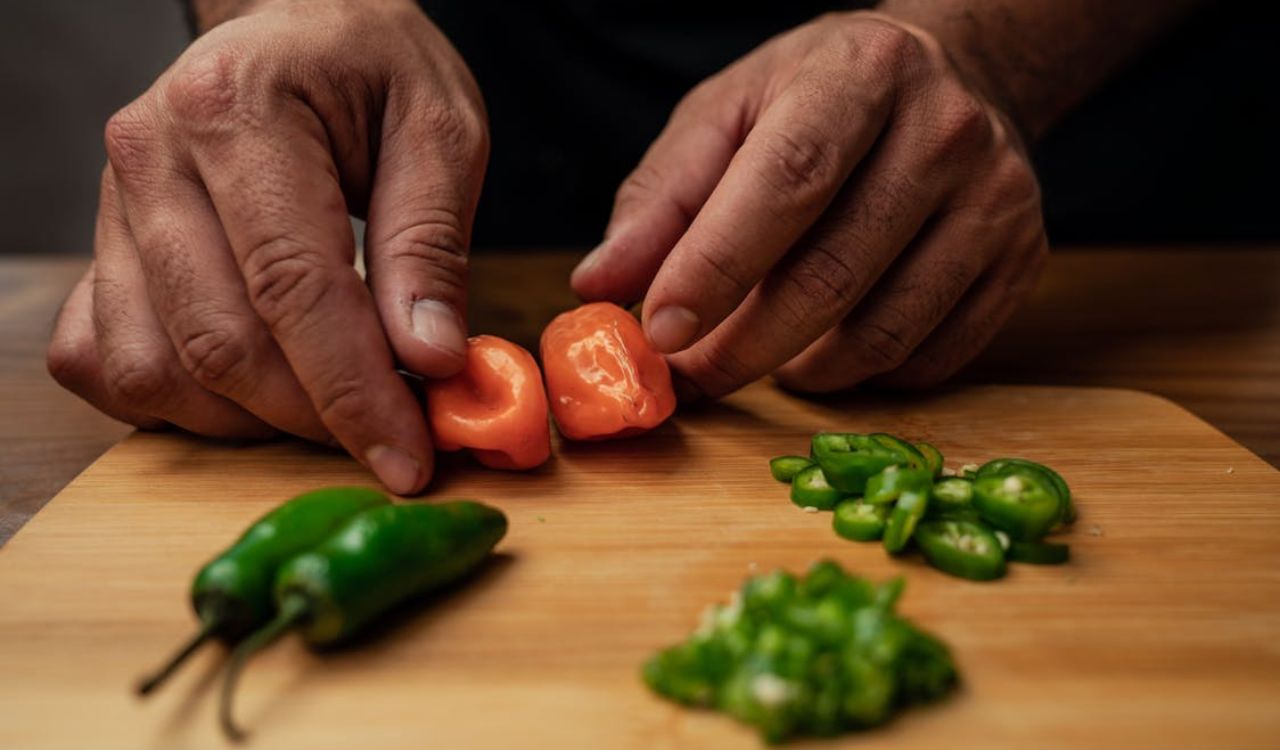
Learning to love spice is like training a muscle. You must increase intensity gradually while giving your body time to adapt.
Start Small and Stay Consistent
Begin with mild peppers such as poblanos or jalapeños before moving toward hotter varieties. Add small amounts of chili powder or a few drops of hot sauce to familiar dishes. Regular exposure helps your nervous system adjust to capsaicin, making the burn feel less overwhelming over time. Skipping days or weeks between spicy meals can reset your tolerance, so consistency matters more than quantity.
Focus on Flavor, Not Just Heat
Part of the challenge comes from anticipating the burn. When you shift your attention to flavor, the experience becomes more enjoyable. Take smaller bites, chew slowly, and notice the depth of smoky, tangy, or fruity notes behind the spice. Many chili varieties offer rich flavors that are easily missed if you rush through the heat.
Increase the Heat Gradually
Once mild spice feels manageable, move one level up the Scoville scale. Try medium peppers like serranos or cayenne before venturing into habaneros. The idea is to build resilience step by step, not to shock your taste buds. Think of it as a training plan: you improve faster by building endurance slowly rather than testing your limits in one go.
Pair Spice with Cooling Foods
You do not need to eat chili raw to build tolerance. Combining spice with cooling ingredients makes the experience more pleasant. Yogurt, sour cream, avocado, or coconut milk can balance the burn while letting you appreciate flavor. Casein, a protein in dairy, helps neutralize capsaicin better than water, which only spreads the heat around.
Know Your Limits
Some people have more sensitive stomachs or lower thresholds. If you feel pain or digestive discomfort, pause and give your body time to recover. Your goal is gradual adaptation, not endurance testing. Drinking milk or eating starchy foods such as bread or rice can help relieve strong heat.
The Role of Genetics and Personality

While training plays a major role, natural factors also affect spice tolerance. Variations in the TRPV1 gene influence how sensitive your nerve receptors are to capsaicin. People with fewer of these receptors or lower sensitivity feel less burn.
Studies have also linked personality to spice enjoyment. People who score higher in sensation-seeking traits are more likely to enjoy spicy foods. Cultural upbringing matters too; children who grow up in spice-rich cuisines often build tolerance early because they are exposed to it repeatedly.
Understanding that both biology and experience shape tolerance helps explain why some people love heat instantly while others need time.
Lifestyle Habits That Support Adaptation
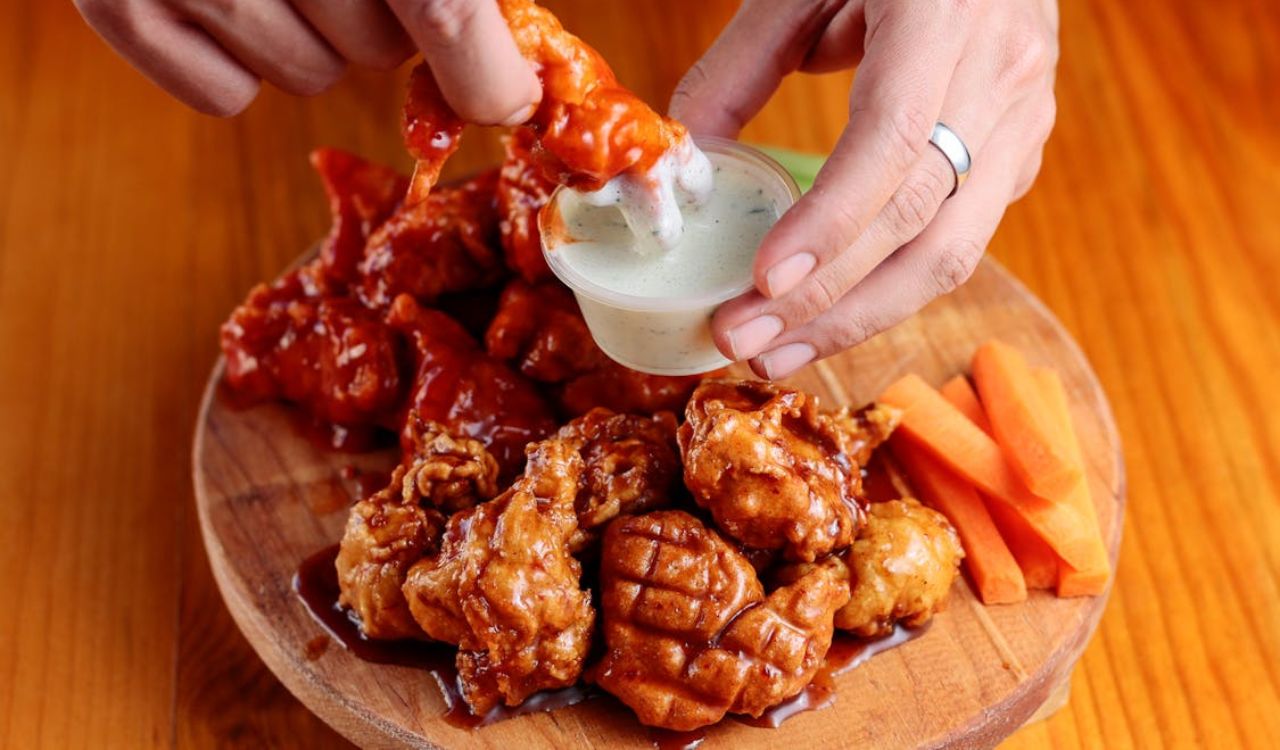
Eat a Balanced Diet
A diet rich in whole foods and antioxidants can support overall digestive health, helping you handle spice more easily. Some studies suggest that capsaicin may boost metabolism and promote fat oxidation, making moderate spice consumption a healthy habit when balanced with proper nutrition.
Stay Hydrated
Spicy foods can trigger sweating and fluid loss. Keeping hydrated helps your body regulate temperature and recover faster from heat exposure. However, avoid drinking water immediately after eating something spicy, since it can spread the burn instead of cooling it. Choose milk or yogurt-based drinks for faster relief.
Build a Positive Mindset
Your attitude toward spice affects how you experience it. If you approach heat with curiosity rather than fear, your tolerance improves faster. Viewing the burn as part of the fun helps your brain associate spice with pleasure instead of pain. Many food cultures that celebrate chili-based cuisine treat spice as a sensory experience rather than a challenge.
Mistakes to Avoid When Building Tolerance
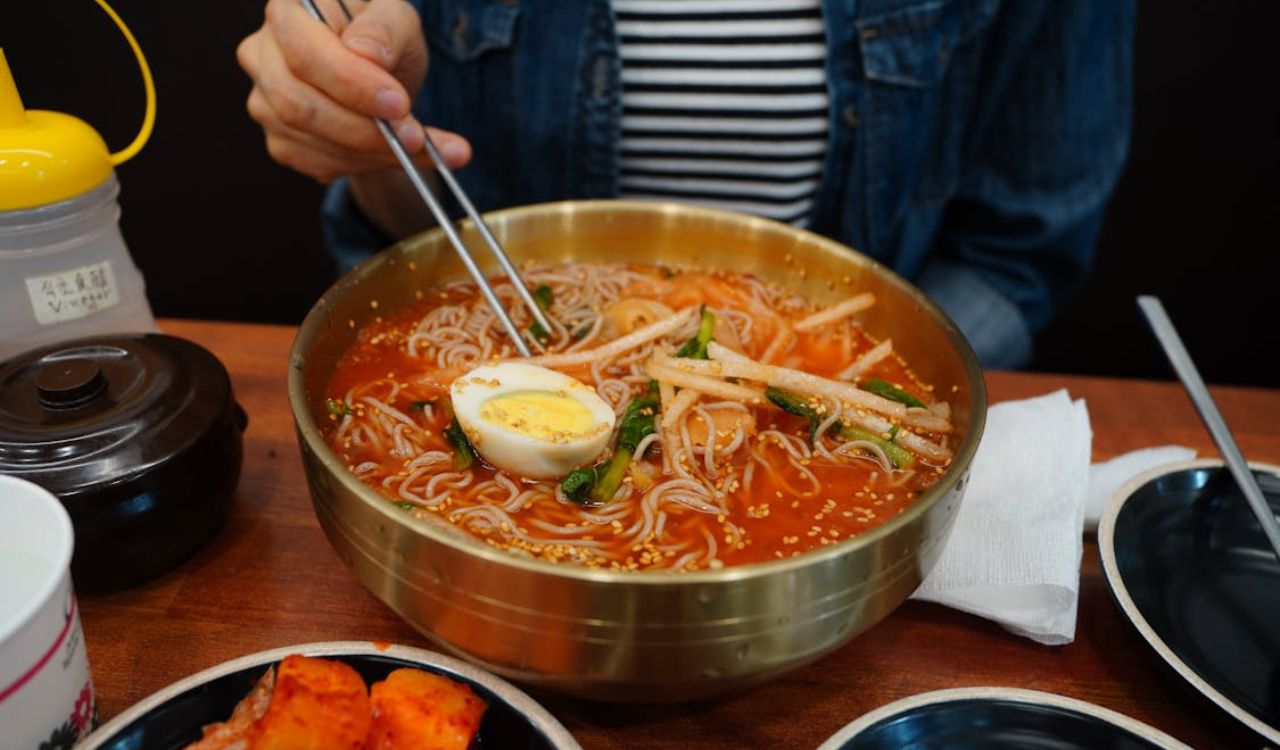
- Going too fast: Jumping from mild salsa to ghost peppers overnight is not effective. Your system needs gradual conditioning.
- Using water to cool off: Water spreads capsaicin and often makes things worse. Use dairy or starchy foods instead.
- Ignoring digestive signals: If your stomach feels irritated, reduce intensity for a few days before trying again.
- Overdoing it daily: Too much spice too often can cause discomfort. Allow rest days to let your digestive system recover.
- Skipping consistency: Eating spicy food once a month will not change tolerance. A little heat several times a week works best.
The Long-Term Benefits of Enjoying Spice

Building spice tolerance has rewards beyond enjoying bold flavors. Moderate capsaicin intake has been studied for its potential metabolic and cardiovascular benefits. Research indicates it may help support weight management, reduce appetite, and improve circulation. Spicy foods also contain antioxidants that promote better overall health.
On a psychological level, building tolerance can boost confidence and curiosity in trying new cuisines. Whether it is Thai curries, Mexican salsas, or Korean kimchi, the ability to enjoy spice opens the door to a wider world of culinary experiences.
Building Spice Tolerance Is a Journey

Becoming comfortable with spicy foods is not about suffering through every bite but embracing the process of gradual adaptation. Start small, pace yourself, and appreciate the flavors beneath the heat. Over time, your body learns to respond differently, and what once felt fiery becomes pleasantly warm.
Building spice tolerance teaches patience, awareness, and mindfulness at the table. You might never crave the extreme heat of a Carolina Reaper, but you will learn to enjoy spice with confidence and curiosity. Treat each spicy meal as progress, and soon you will handle heat like a pro.
References
- 6 Ways to Build Your Spicy Food Tolerance- SeriousEats.com
- Do You Feel the Burn? The Science Behind Your Spice Tolerance- TheDishOnScience.Stanford.edu
- Personality factors predict spicy food liking and intake- PMC.NLM.NIH.gov
- Why do some like it hot? Genetic and environmental contributions to the pleasantness of oral pungency- PubMed.NCBI.NIH.gov
- Is Spice Tolerance Genetic? Understanding the TRPV1 Gene, Capsaicin, and Your Personal Heat Threshold- Magazine.CircleDNA.com
- How To Increase & Enjoy Your Spicy Food Tolerance in 5 Ways!- CrimsonCoward.com



